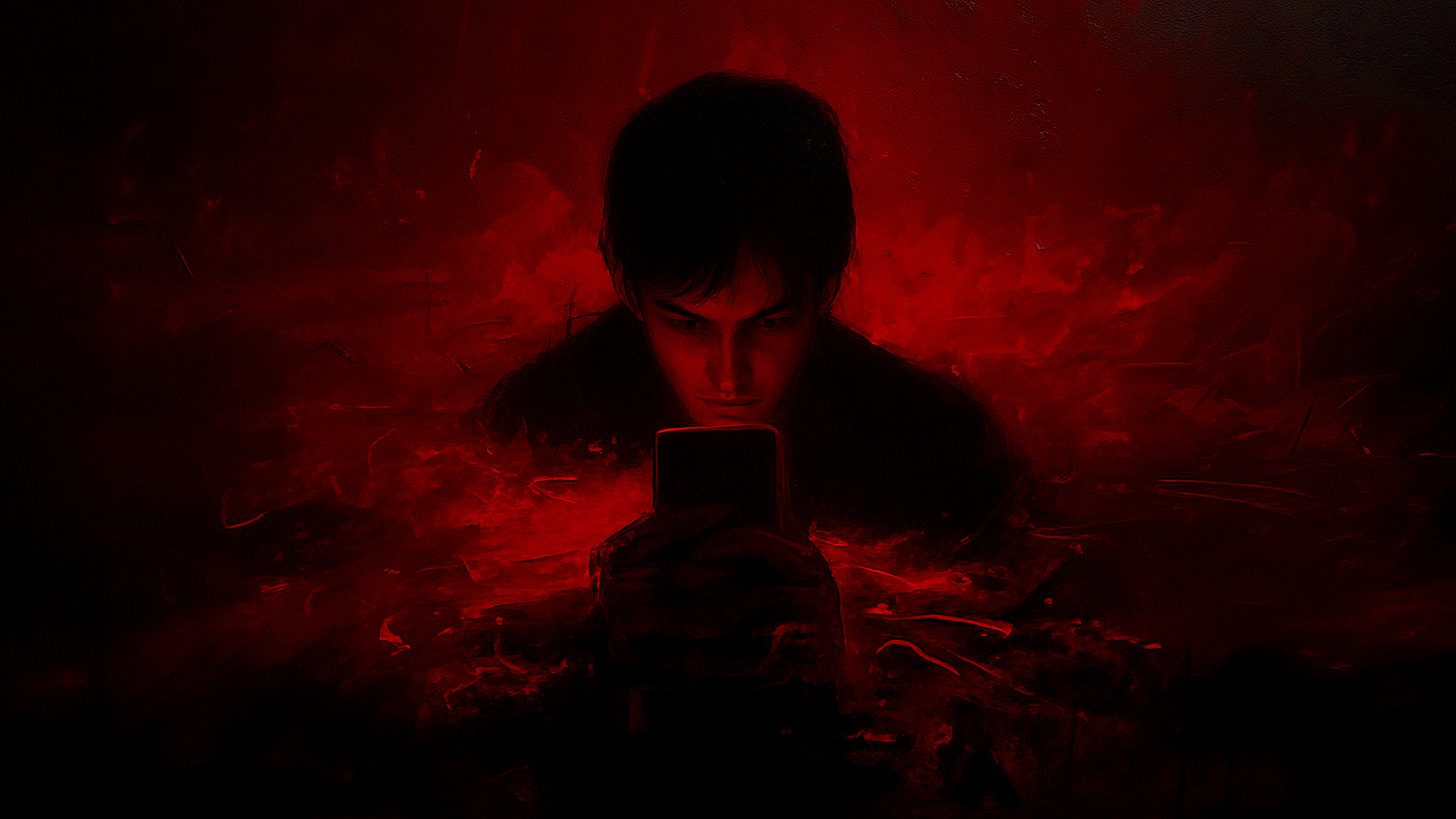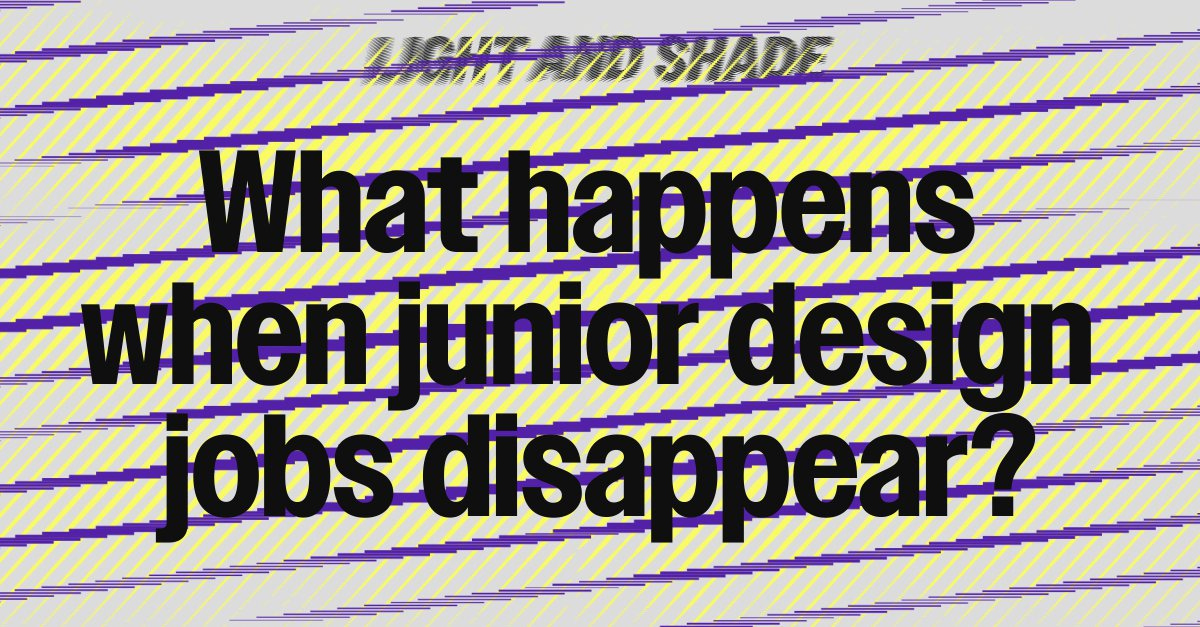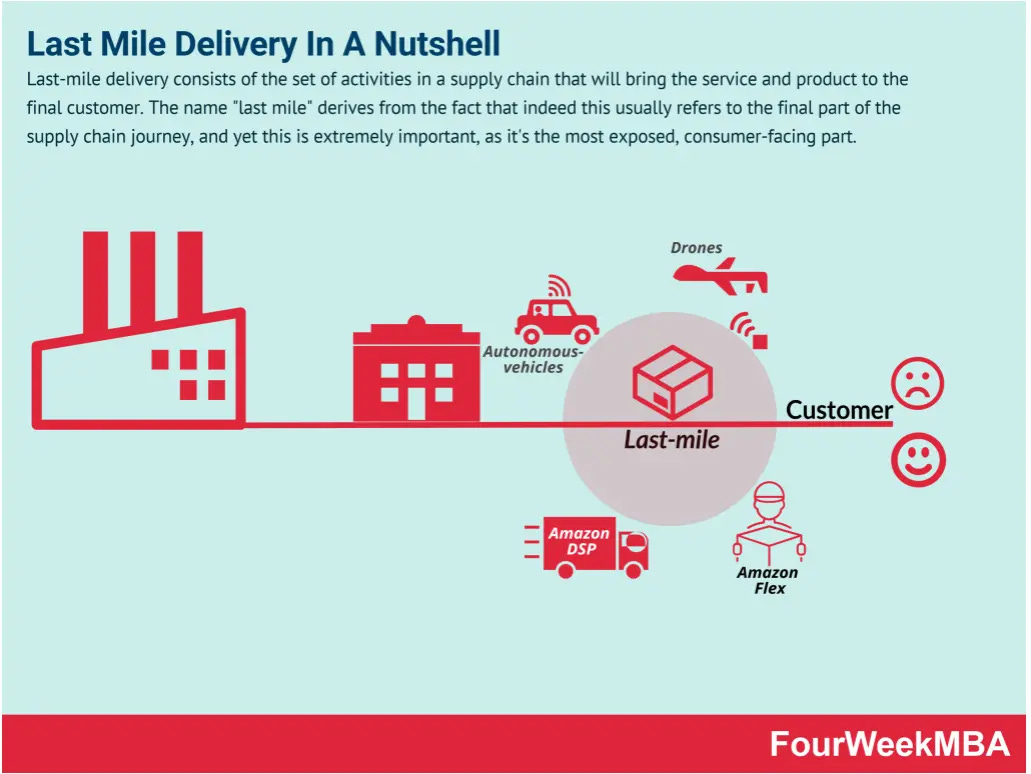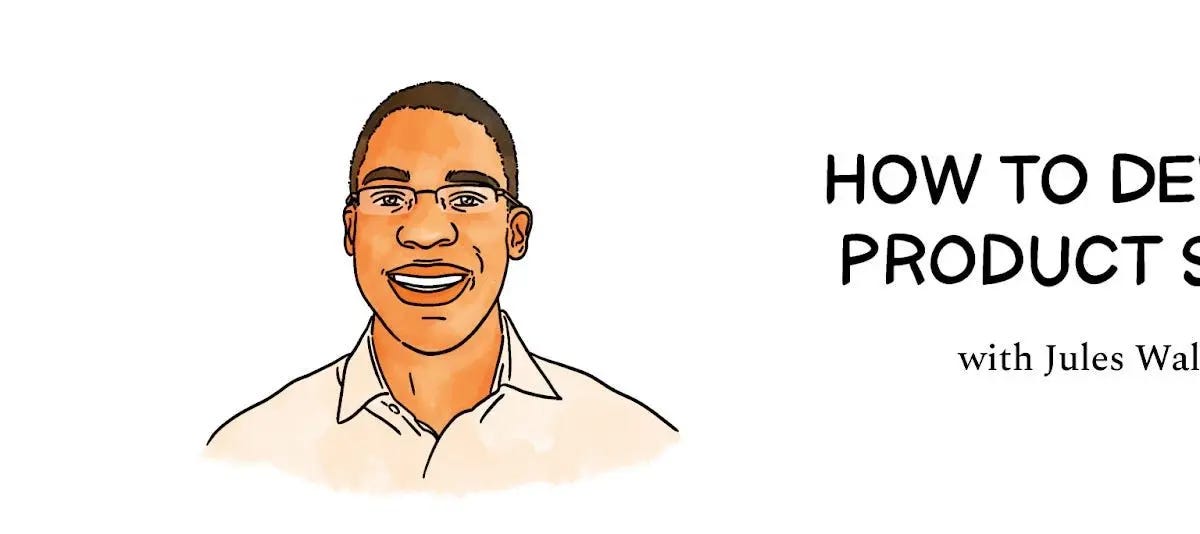Blood in the Feed: When Algorithms Turn Violent
A call for design ethics standards. The blurring line between designers and product managers. Developing product sense.
Charlie Kirk was murdered on September 10th, and the killer was probably radicalized by the same algorithmic systems Kirk himself had mastered. A young man, fed a steady diet of rage-optimized content, assassinated the conservative pundit who’d perfected the art of “borderline content”—posts that skate right up to platform policy violations without quite crossing the line. The snake devoured its tail on a college campus in Utah.
Within hours, Kirk’s death became exactly what you’d expect: viral content. Celebration posts. Outrage about the celebration posts. Doxxing campaigns. Teachers and firefighters losing their jobs for tasteless comments. Death threats flying in all directions. The platforms transformed tragedy into engagement, human suffering into scroll velocity, grief into growth metrics.
This isn’t an isolated incident. It’s the inevitable outcome of systems we designed—systems that reward extremism, amplify division, and turn human beings into content machines optimized for engagement at any cost. From the Paul Pelosi attack to the Trump assassination attempt to countless smaller acts of violence, the pattern is depressingly clear: platforms radicalize, amplify, and normalize the language of violence. Then someone acts.
I stepped back from social media after Trump’s re-election, and watching these events unfold from a distance only confirmed my decision. The tools we built to connect us have instead armed us against each other. And as designers, we all bear responsibility for that.
I published an essay about this last week.
Dialogue on my LinkedIn about the piece crystallized something for me: we need a movement in design circles around ethics, similar to how accessibility became standard practice. The a11y movement caught fire across web and product design—not just because of regulations, but because it was the right thing to do.
As a discipline, we already discourage dark UX patterns, spec work, and unnecessary data collection. We can and should extend that same energy to broader design ethics.
I don’t know what shape this should take—a code of conduct, ethical peer review processes, a standards organization. But something needs to be done. The tools we’ve created are literally getting people killed, and we can’t keep optimizing for engagement while ignoring the human cost.
If you have any ideas, I’m all ears. Better yet, write about it, evangelize it in your own circles.
Highlighted Links
Welcome to the entry-level void: what happens when junior design jobs disappear?
I’m happy that the conversation around the design talent crisis continues. Carly Ayres, writing for It’s Nice That picks up the torch and speaks to designers and educators about this topic. The whole piece is great. Tighter than my sprawling three-parter. I do think there’s a piece missing though. While Ayres highlights the issue and offers suggestions from designer leaders, businesses need to step up and do something about the issue—i.e., hire more juniors. Us recognizing it is the first step.
Why many employers want Designers to think like PMs, not Devs
The headline rings true to me because that’s what I look for in designers and how I run my team. The software that we build is too complex and too mission-critical for designers to vibe-code—at least given today’s tooling. But each one of the designers on my team can fill in for a PM when they’re on vacation.
Kai Wong, writing in UX Collective:
One thing I’ve learned, talking with 15 design leaders (and one CEO), is that a ‘designer who codes’ may look appealing, but a ‘designer who understands business’ is far more valuable and more challenging to replace.
You already possess the core skill that makes this transition possible: the ability to understand users with systematic observation and thoughtful questioning.
How to develop product sense
Speaking of thinking like PMs, when I read this, I thought to myself, “Geez, this is what a designer does.” I think there is a lot of overlap between what we do as product designers and what product managers do. One critical one—in my opinion, and why we’re calling ourselves product designers—is product sense. Product sense is the skill of finding real user needs and creating solutions that have impact.
While designers often stay on top of visual design trends or the latest best practices from NNG, Jules Walter suggests an even wider aperture. Writing in Lenny’s Newsletter:
Another practice for developing creativity is to spend time learning about emerging trends in technology, society, and regulations. Changes in the industry create opportunities for launching new products that can address user needs in new ways. As a PM, you want to understand what’s possible in your domain in order to come up with creative solutions.
What I’m Consuming
How Tim Cook sold out Steve Jobs. Tim Cook publicly bowed to Trump, handing him a flashy gold gift and lavishing praise. That betrayed Steve Jobs’ immigrant roots and anti‑establishment spirit. Apple could have used its influence to rally users against cronyism instead of appeasing power. (Anil Dash)
The Price of the Mirror: When Silicon Valley Colonizes the Human Soul. AI is a mirror that reflects our thoughts. That mirror was built by low-paid workers who label data and absorb trauma. We use the magic, but others pay the cost and remain unseen. (Bernard Fitzgerald / UX Magazine)
Should Designers be Paid the Same as Engineers? Salaries aren’t set by fairness. Markets and a role’s business value and responsibility determine pay. That’s why teachers often earn less while hedge fund managers earn more. (Andy Budd)






